The Home Equity Lending Market is currently characterized by a dynamic competitive landscape, driven by a confluence of factors including rising home values, increased consumer awareness of home equity products, and a growing preference for flexible financing options. Major players such as Wells Fargo (US), Bank of America (US), and Chase (US) are strategically positioning themselves to capitalize on these trends. For instance, Wells Fargo (US) has focused on enhancing its digital platforms to streamline the application process, thereby improving customer experience and operational efficiency. Meanwhile, Bank of America (US) has been investing in partnerships with fintech companies to leverage technology for better risk assessment and customer engagement, indicating a shift towards more innovative lending solutions.
The competitive structure of the Home Equity Lending Market appears moderately fragmented, with several key players exerting influence over market dynamics. Companies are increasingly adopting tactics such as localizing services to meet regional demands and optimizing their supply chains to enhance service delivery. This collective approach not only fosters competition but also encourages innovation among lenders, as they strive to differentiate their offerings in a crowded marketplace.
In August 2025, Chase (US) announced the launch of a new home equity line of credit (HELOC) product that features a unique interest rate structure aimed at attracting younger homeowners. This strategic move is significant as it reflects Chase's commitment to addressing the needs of a demographic that is increasingly seeking flexible and affordable financing options. By tailoring products to specific consumer segments, Chase is likely to enhance its market share and customer loyalty.
In September 2025, Citibank (US) expanded its home equity lending services into several underserved markets, focusing on providing access to credit for low-to-moderate income households. This initiative not only aligns with Citibank's corporate social responsibility goals but also positions the bank as a leader in promoting financial inclusion. Such strategic actions may enhance Citibank's reputation and customer base, particularly among communities that have historically faced barriers to accessing home equity products.
In October 2025, U.S. Bank (US) unveiled a new AI-driven tool designed to assist customers in understanding their home equity options more effectively. This innovation underscores the growing trend of integrating technology into lending practices, which is likely to improve customer engagement and satisfaction. By leveraging AI, U.S. Bank is not only enhancing its service offerings but also setting a precedent for other lenders in the market.
As of October 2025, the Home Equity Lending Market is witnessing a pronounced shift towards digitalization, sustainability, and the integration of artificial intelligence. Strategic alliances between traditional banks and technology firms are becoming increasingly common, shaping the competitive landscape. Looking ahead, it is anticipated that competitive differentiation will evolve, with a greater emphasis on innovation and technology rather than solely on price. This transition suggests that lenders who prioritize customer-centric solutions and reliable service delivery will likely emerge as leaders in the market.


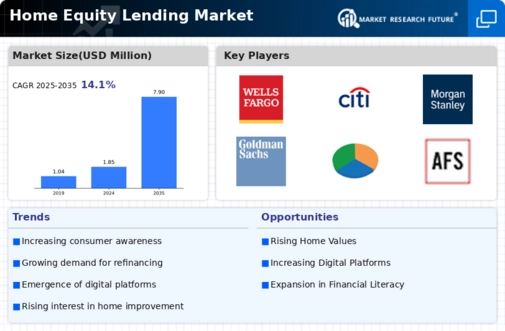

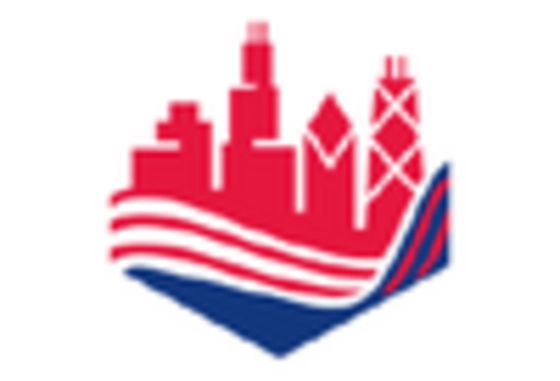
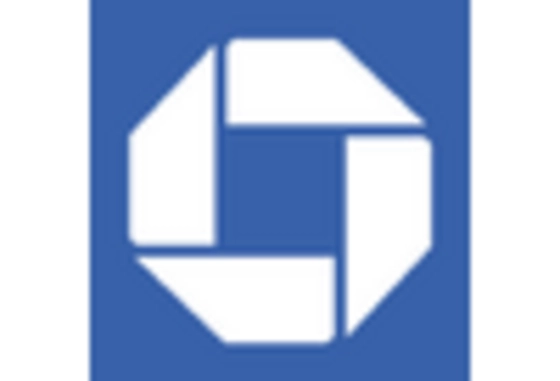
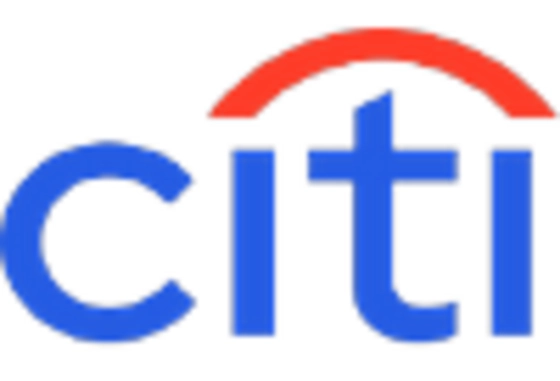
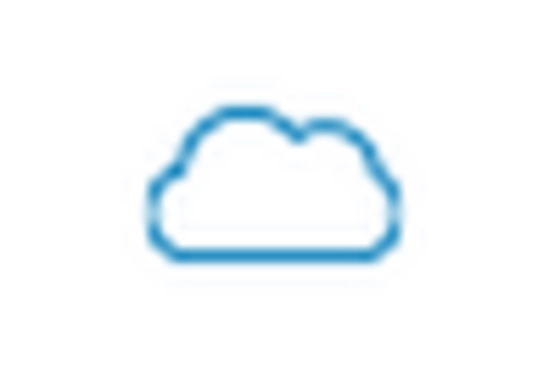

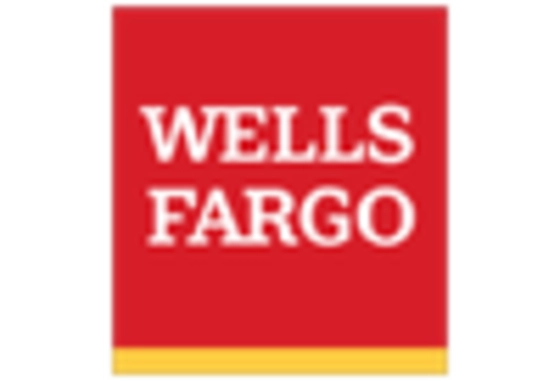








Leave a Comment